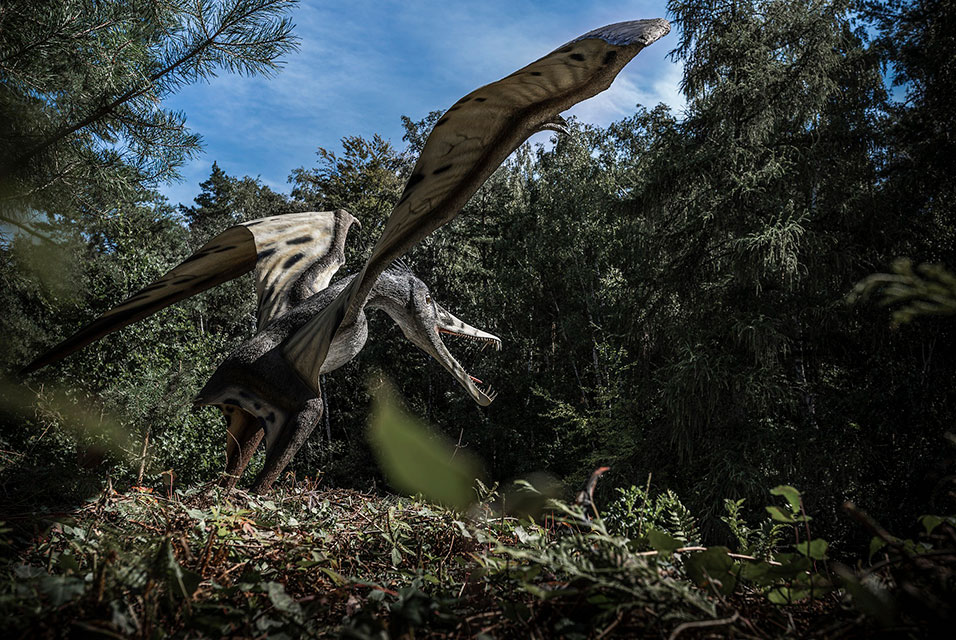LAUSANNE.- Many buildings, manufacturing sites, shopping malls and other public spaces are equipped with occupant detection systems. These systems generally rely on cameras or occupants’ mobile phones. Such technologies infringe on privacy and may not function in emergencies such as fires. Scientists at ENAC’s Applied Computing and Mechanics Laboratory (IMAC), headed by Professor Ian Smith, have developed an alternative approach. “By installing sensors in a building’s floor slabs, we can measure the vibrations created by footsteps. That lets us calculate the number of people in the building as well as where they are located and their trajectory,” says Slah Drira, the IMAC PhD student who completed his thesis on this topic.
To each his own gait
The challenge with Drira’s approach is screening out the background noise caused by spurious events such as a door closing or an object falling to the ground. These events can trigger vibrations similar to those induced by footsteps. Another challenge relates to the vast differences in walking styles – not just between two different people but also by the same person under different circumstances. “The signals our sensors record can vary considerably depending on the person’s anatomy, walking speed, shoe type, health and mood,” says Drira.
His method uses advanced algorithms – or more specifically, support vector machines – to classify the signals recorded by the sensors. Some interpretation strategies were inspired by the convolutional neural networks often employed in pixel-based image recognition, and can identify the footstep characteristics of specific occupants.
Real-world testing
The research team carried out four full-scale floor slabs: one in a seminar room at IMAC, one in an office environment at IMAC, one in the entrance of the MED building at
EPFL campus and one in an open-hall space in Singapore. “These four case studies allowed us to validate our occupant detection, localization and tracking system on a larger scale. Unlike existing methods, ours needs fewer sensors – just one for every 15–75 m2, as opposed to one for every 2 m2 – and doesn’t require that the floor slabs have uniform rigidity. What’s more, the localization feature of other methods had been tested only on single individuals,” says Drira.
The new system has applications in a host of fields. It could be used to enhance energy management protocols in offices, improve building security (like at banks and data centers), find occupants during an emergency and locate patients inside hospitals and retirement homes. This system can do all that without infringing on occupants’ privacy.
Drira’s research was carried out within the scope of the Future Cities Laboratory (FCL) program headed by Professor Ian Smith at the Singapore-ETH Centre – an R&D platform established jointly by ETH Zurich and Singapore’s National Research Foundation (NRF) as part of the NRF’s Campus for Research Excellence And Technological Enterprise (CREATE) initiative. The Centre aims to provide practical solutions to some of the most pressing challenges in urban sustainability, resilience and health.










